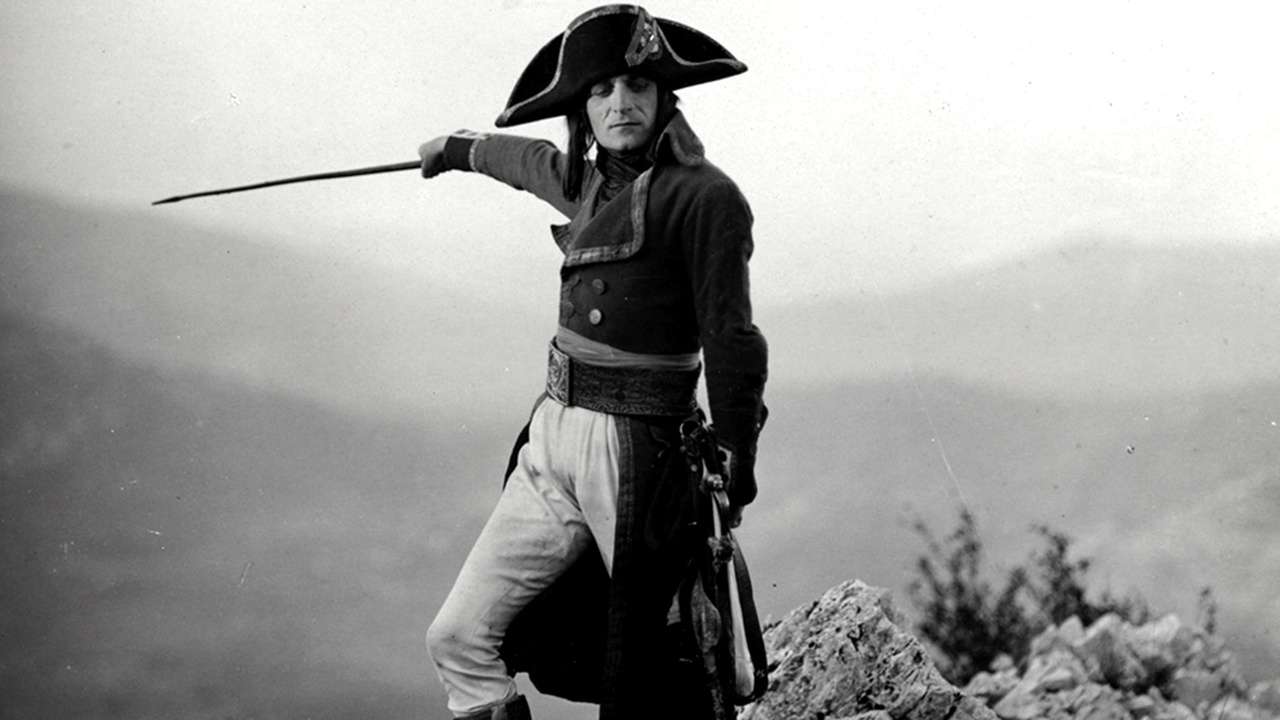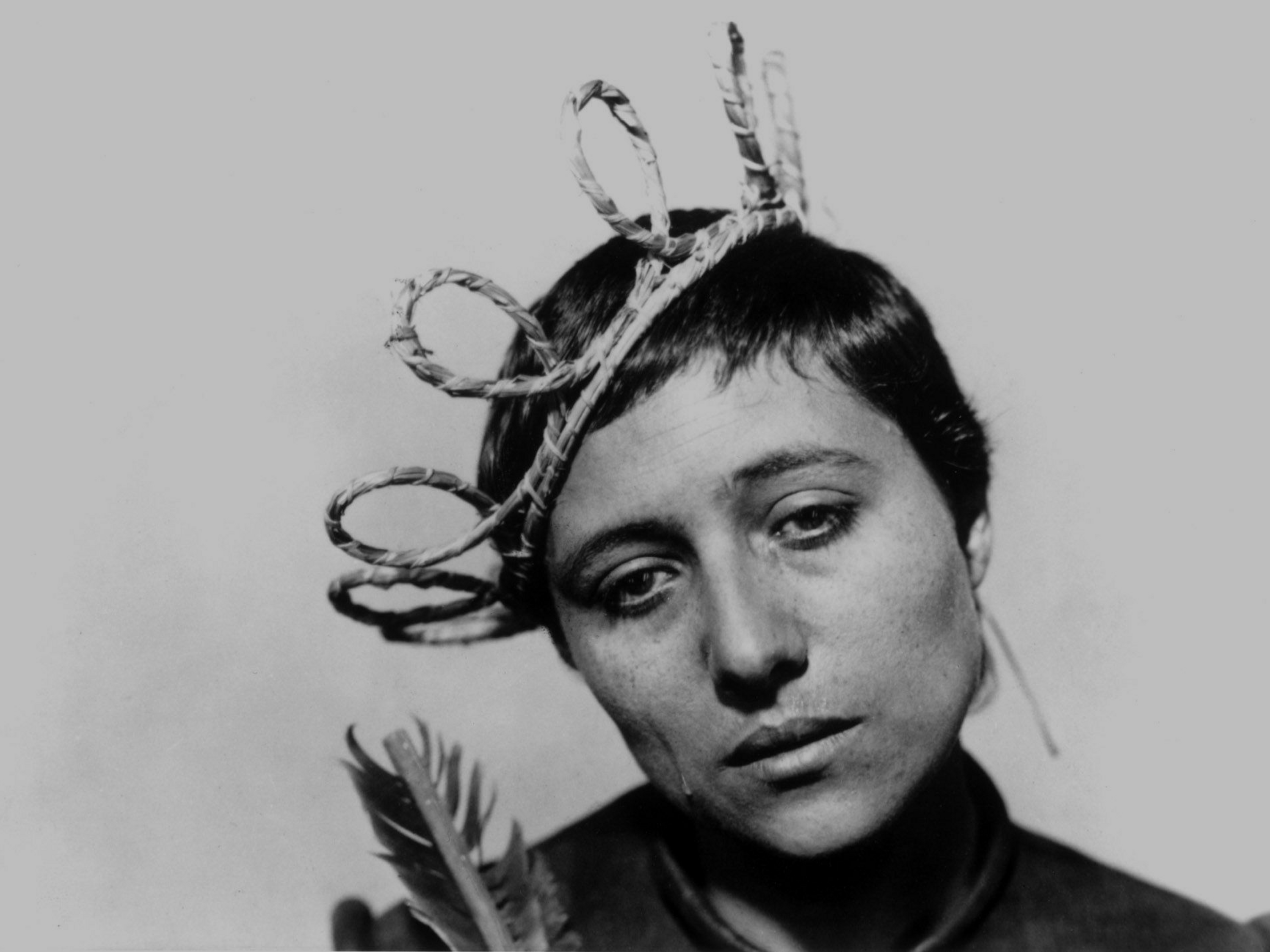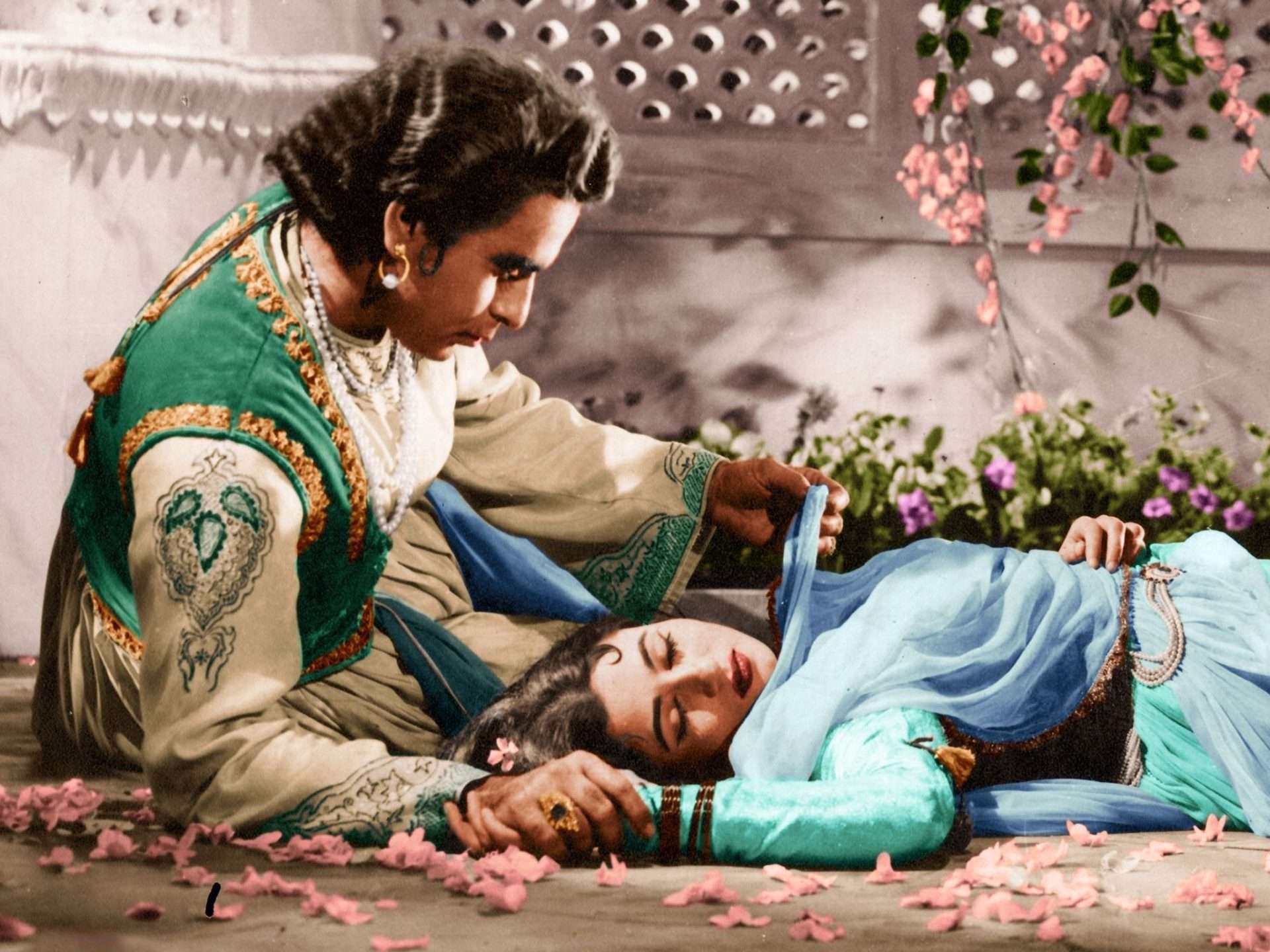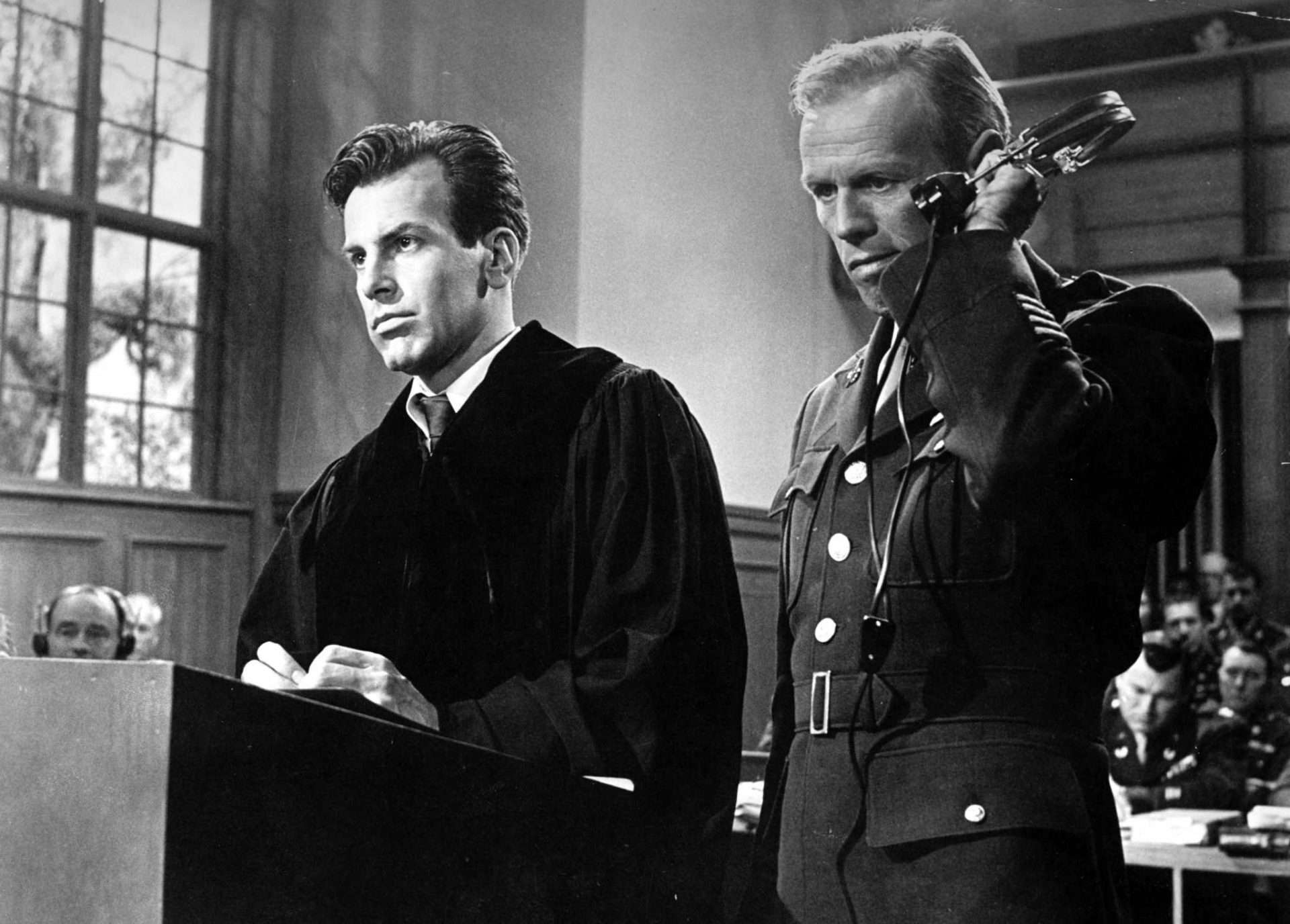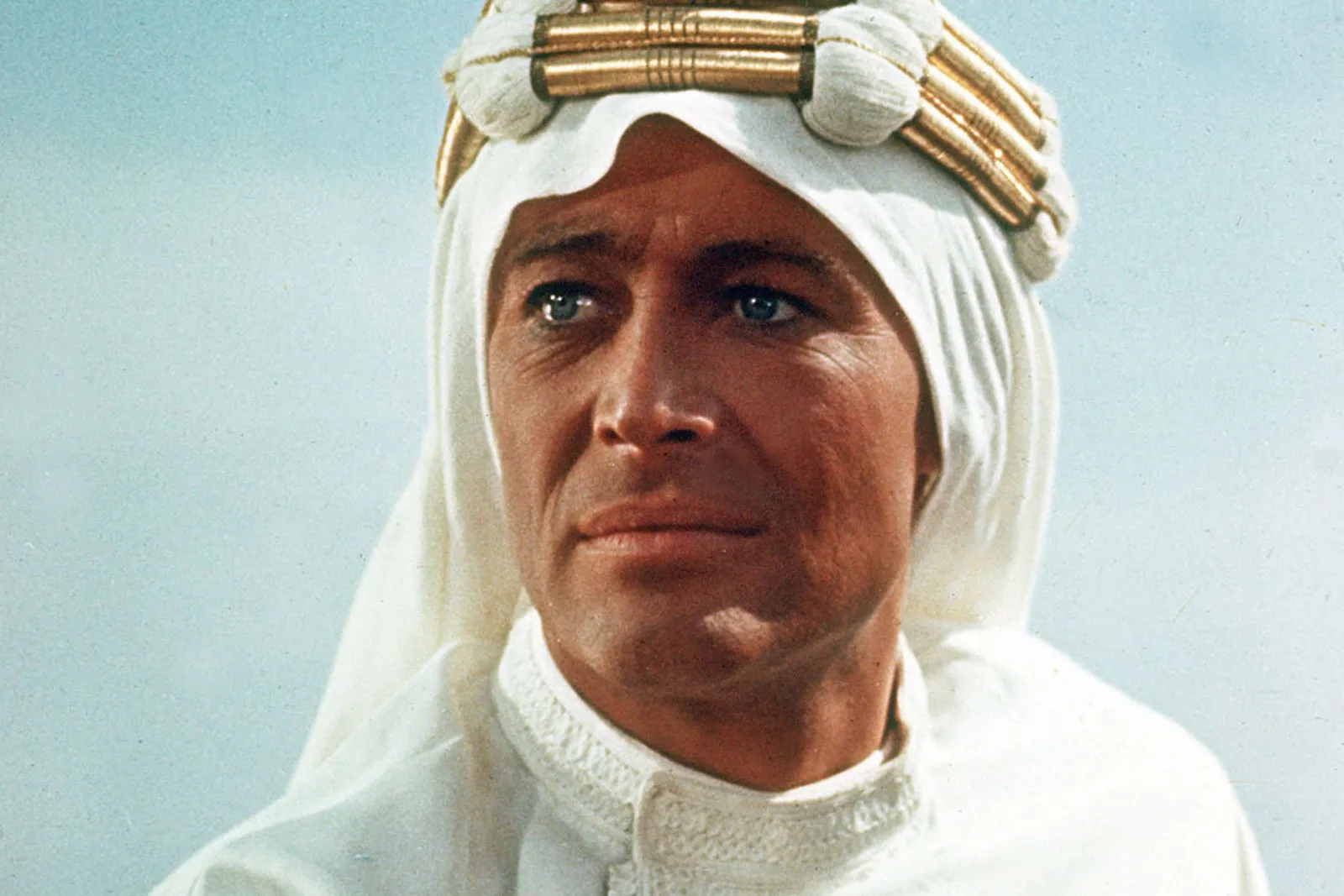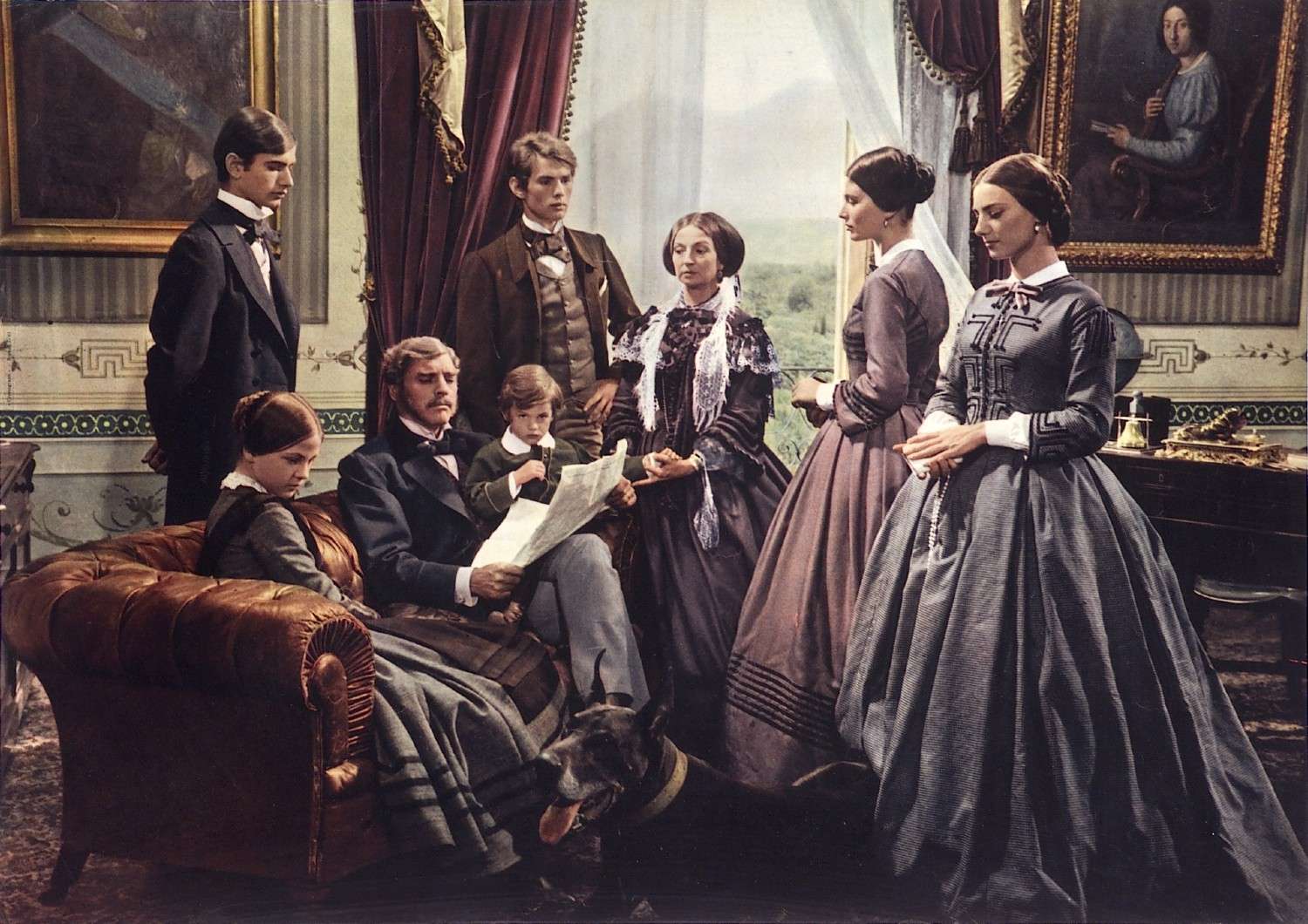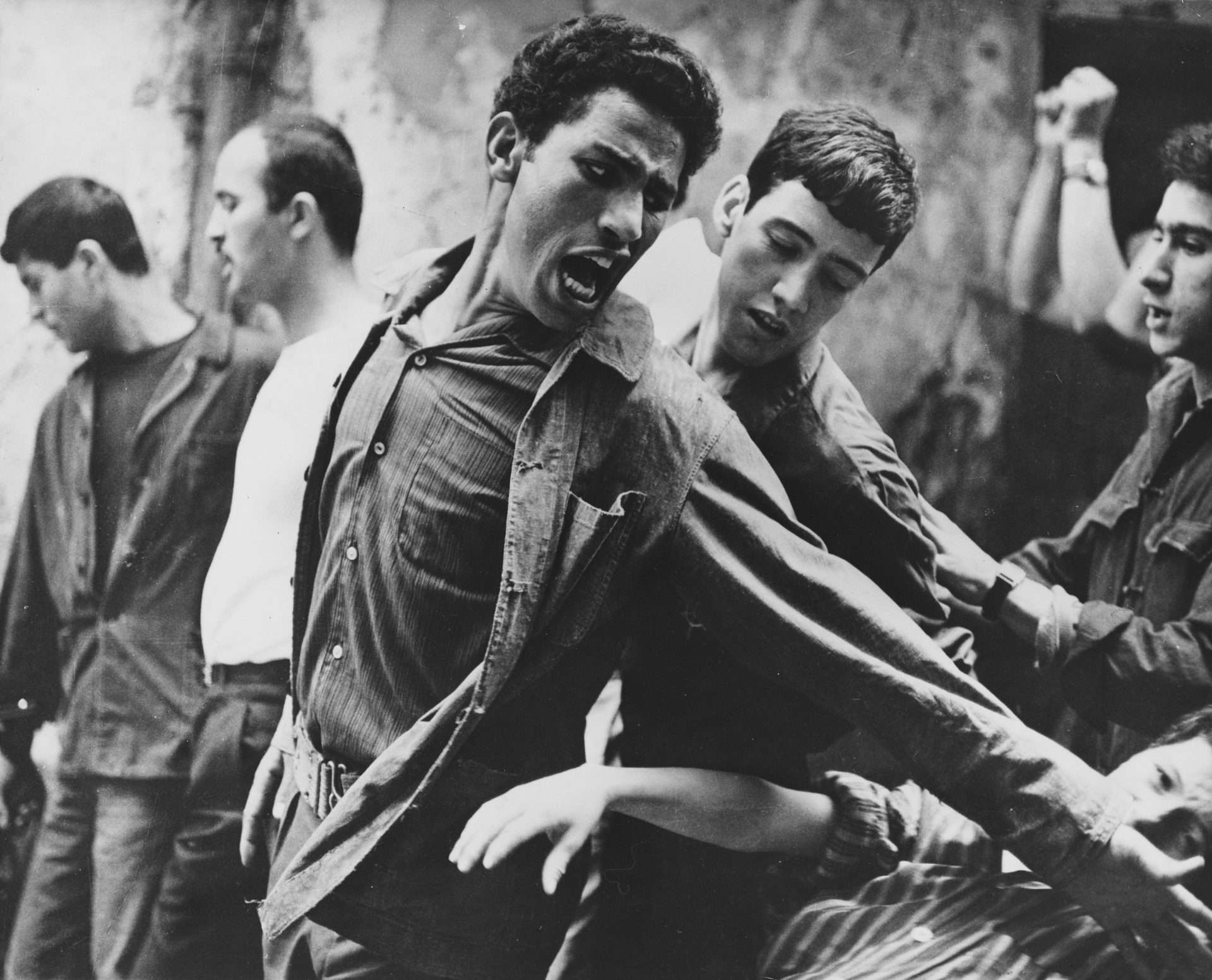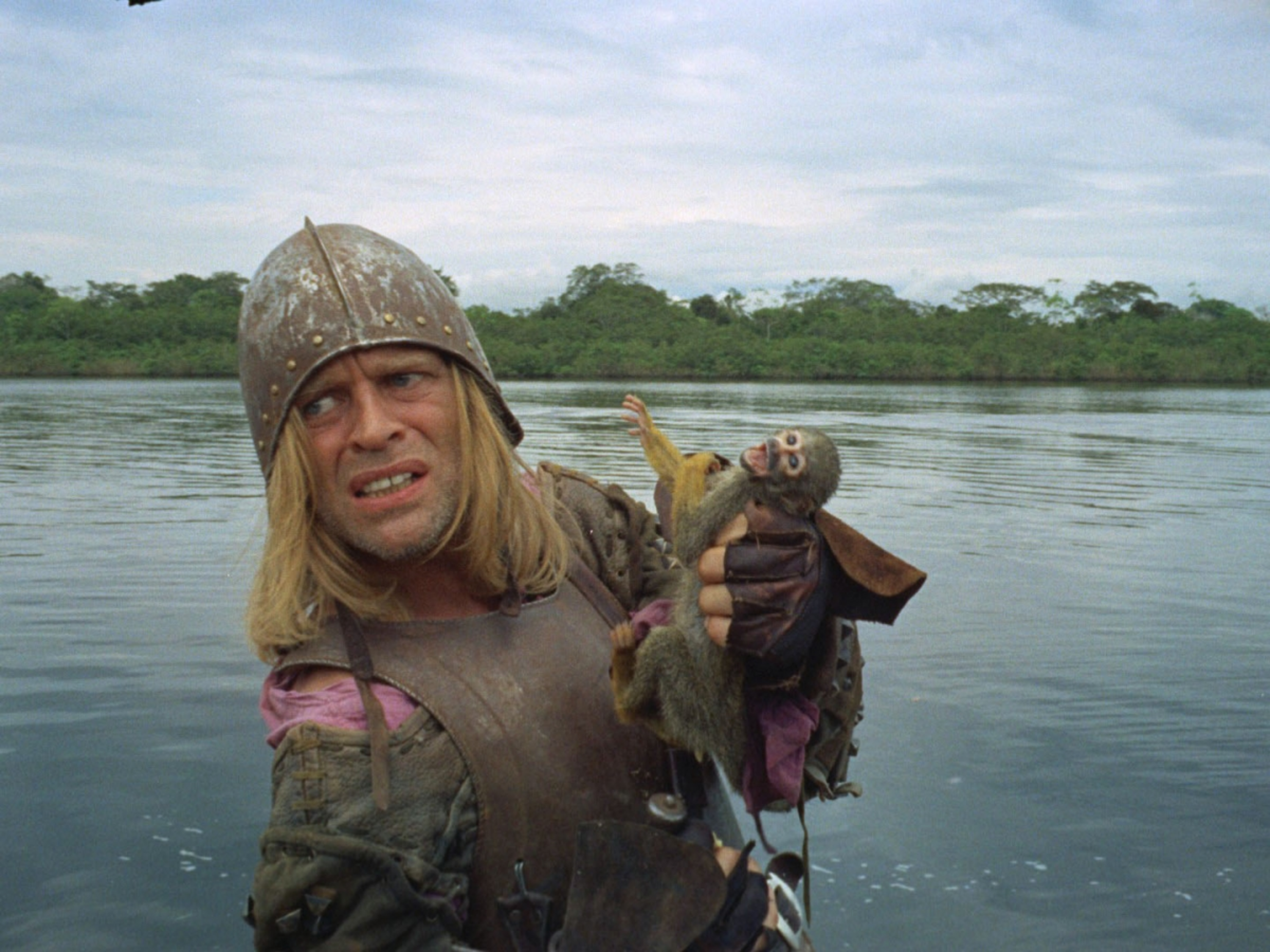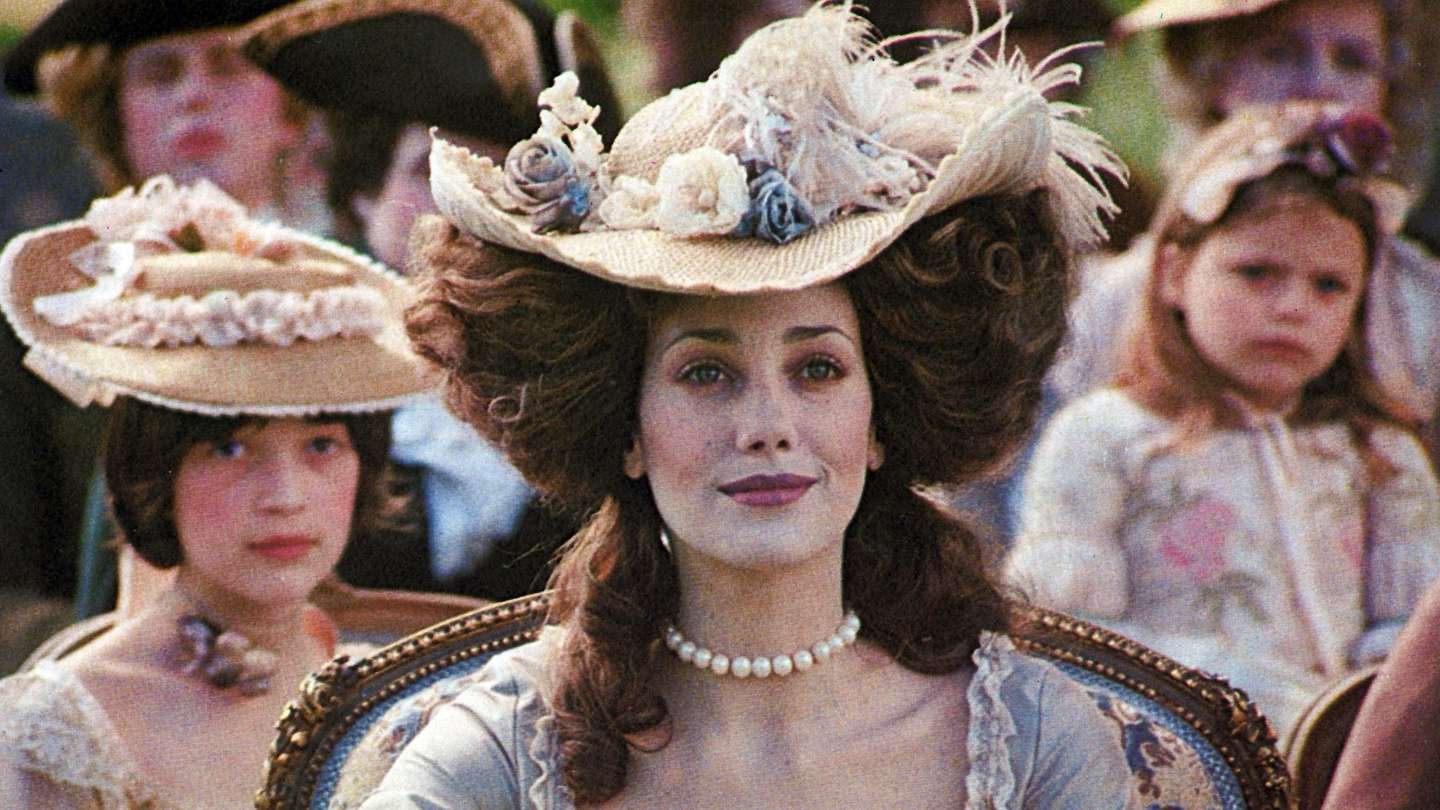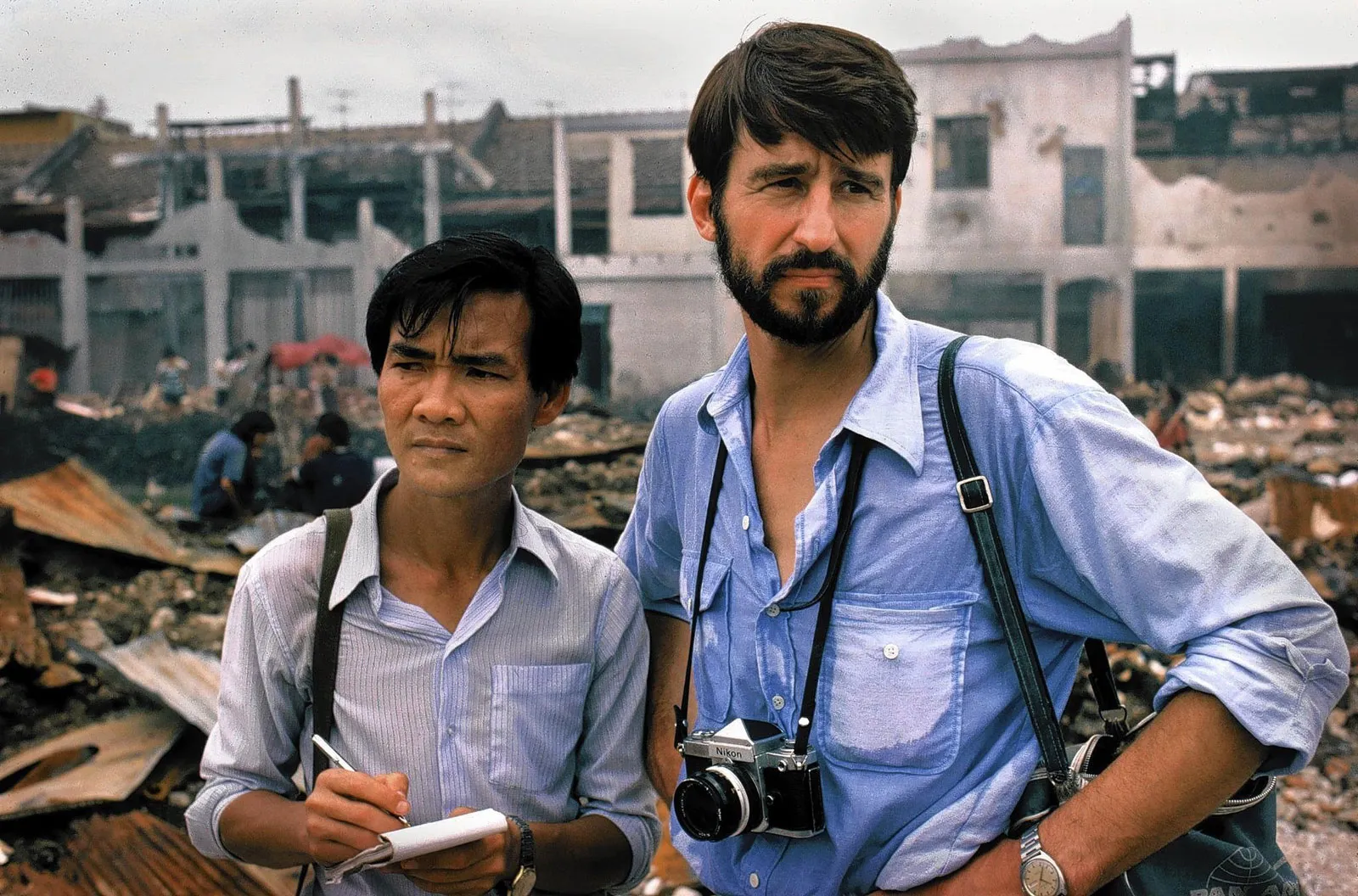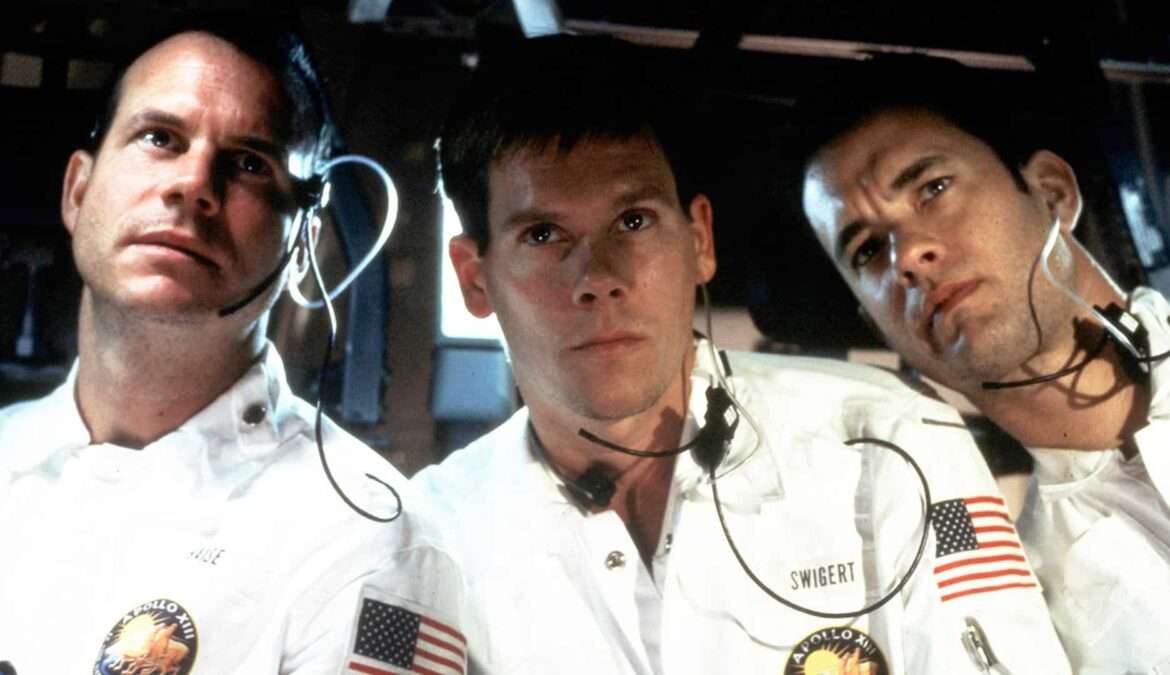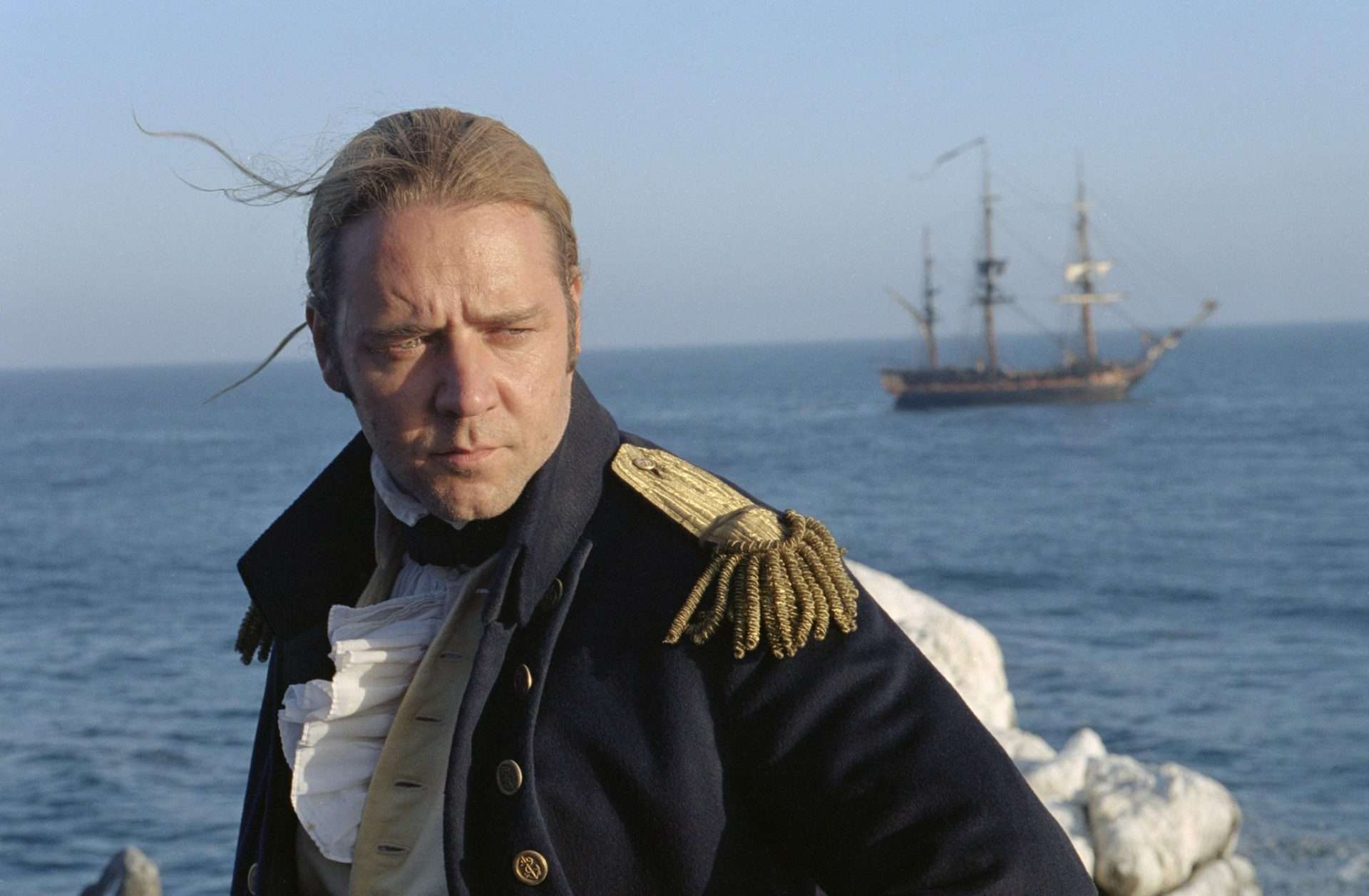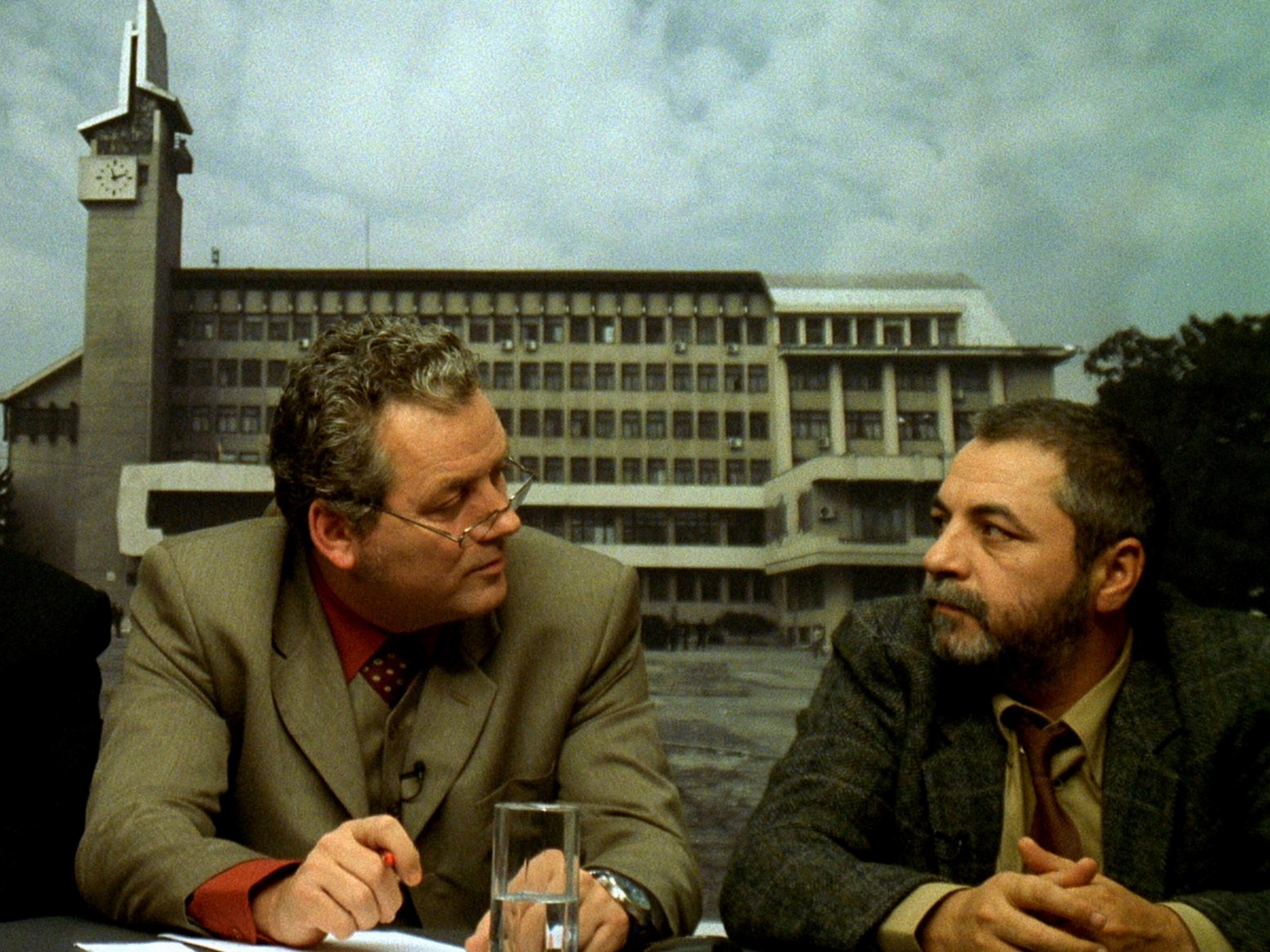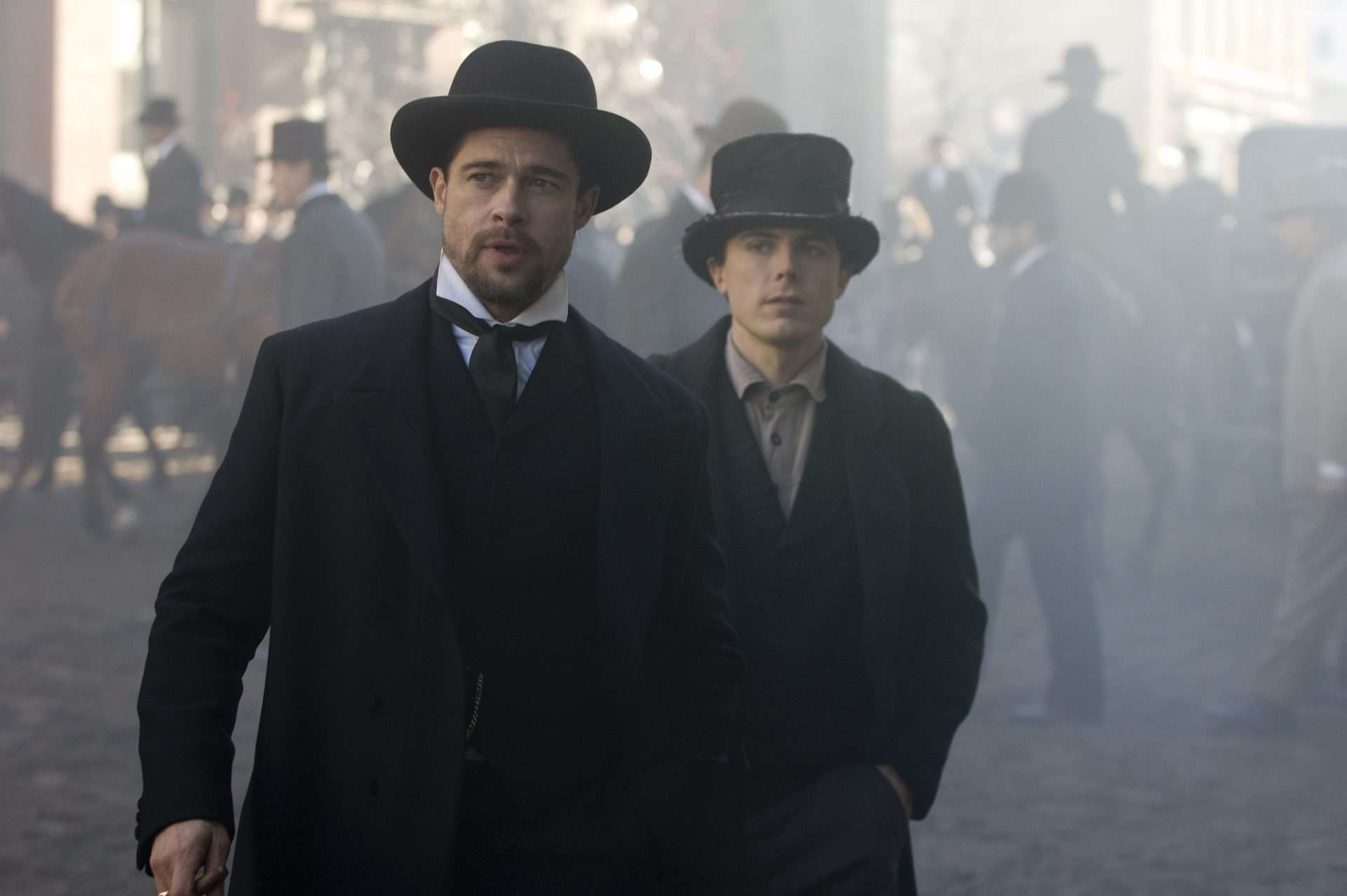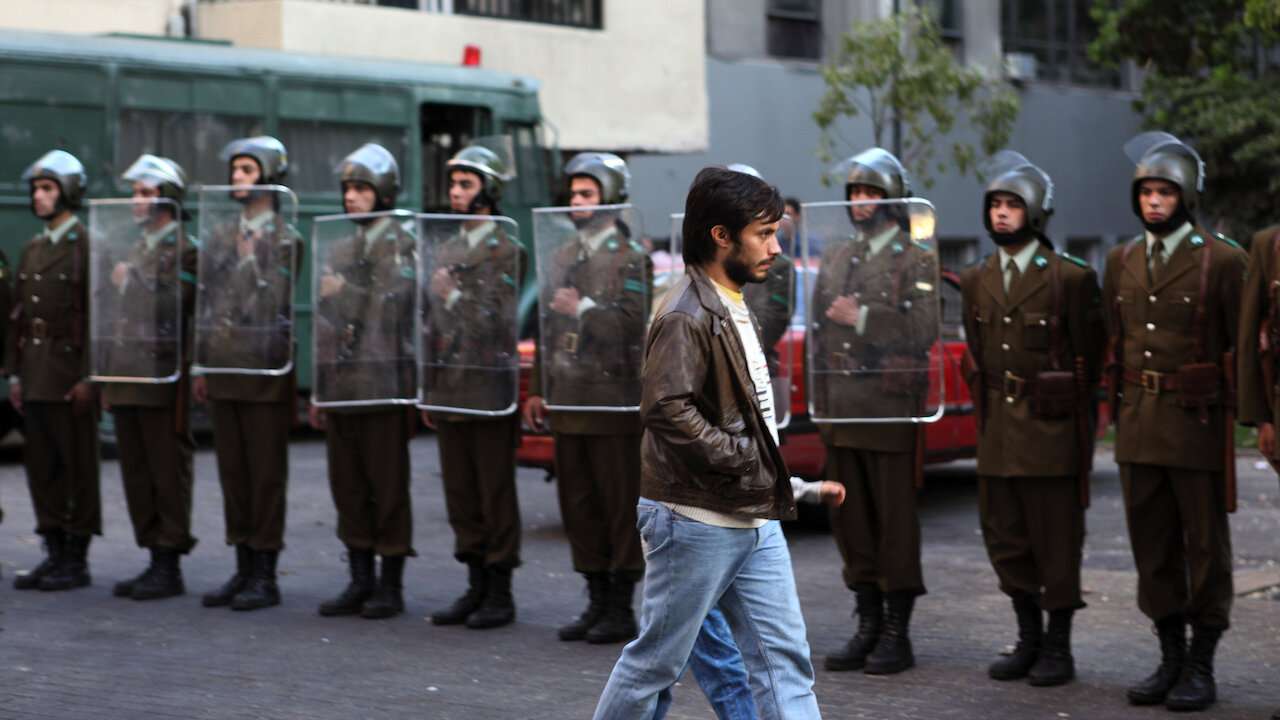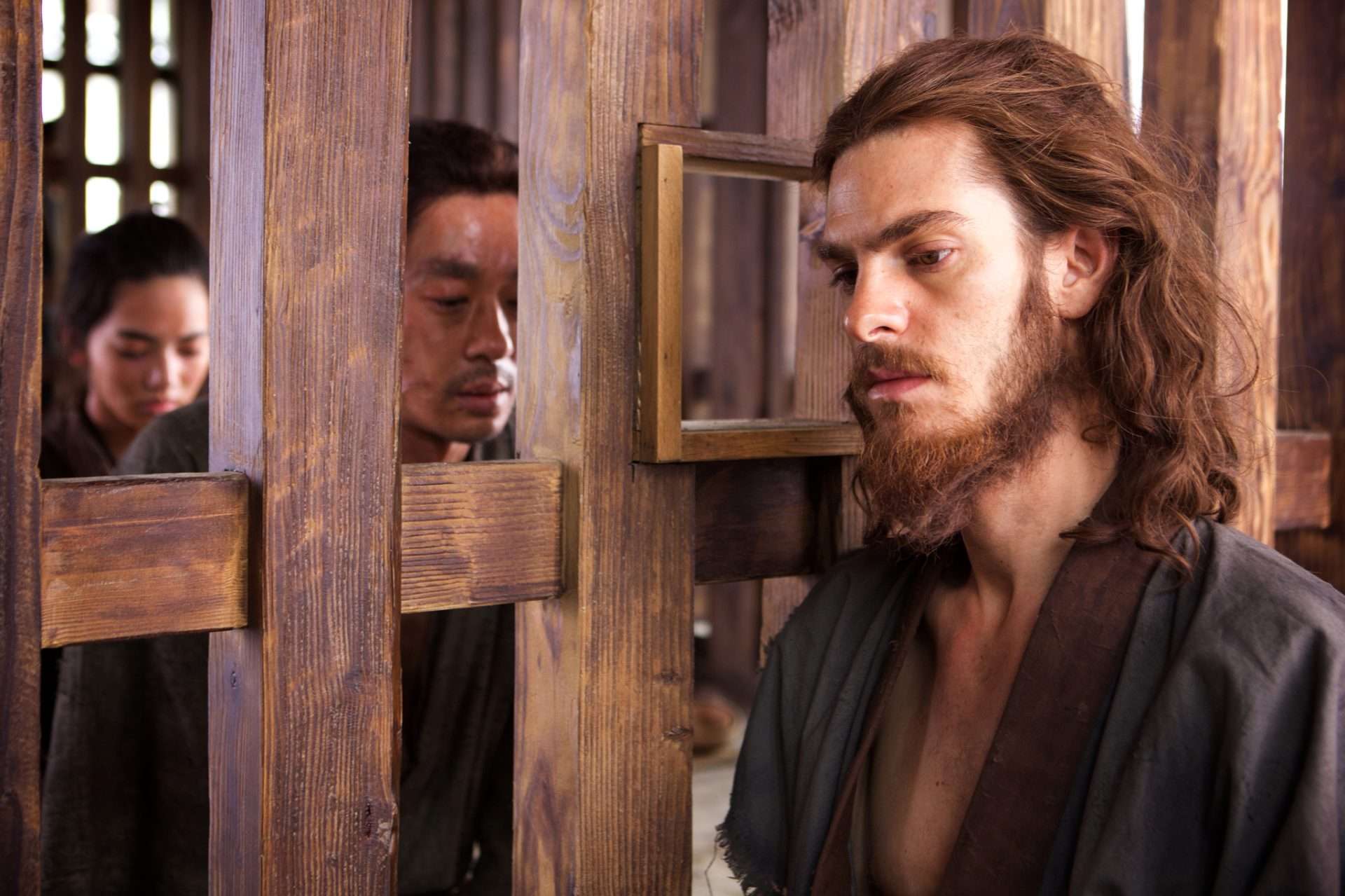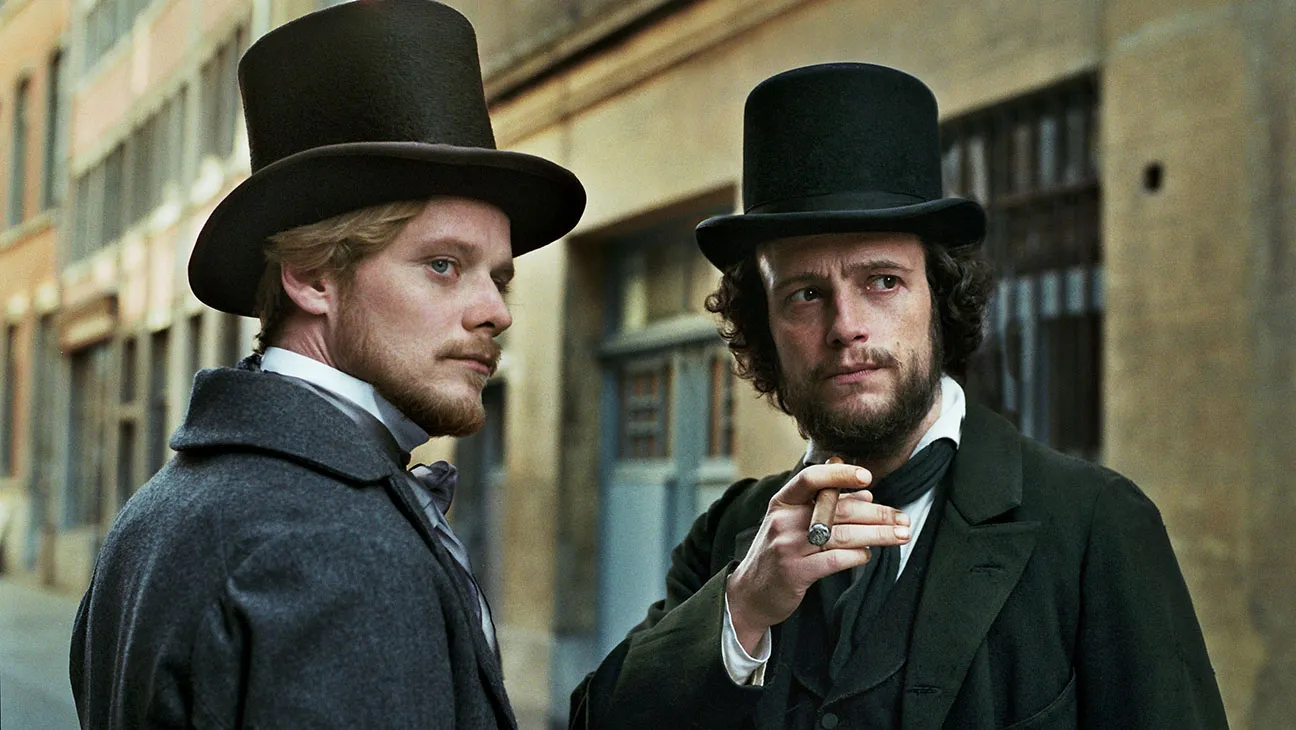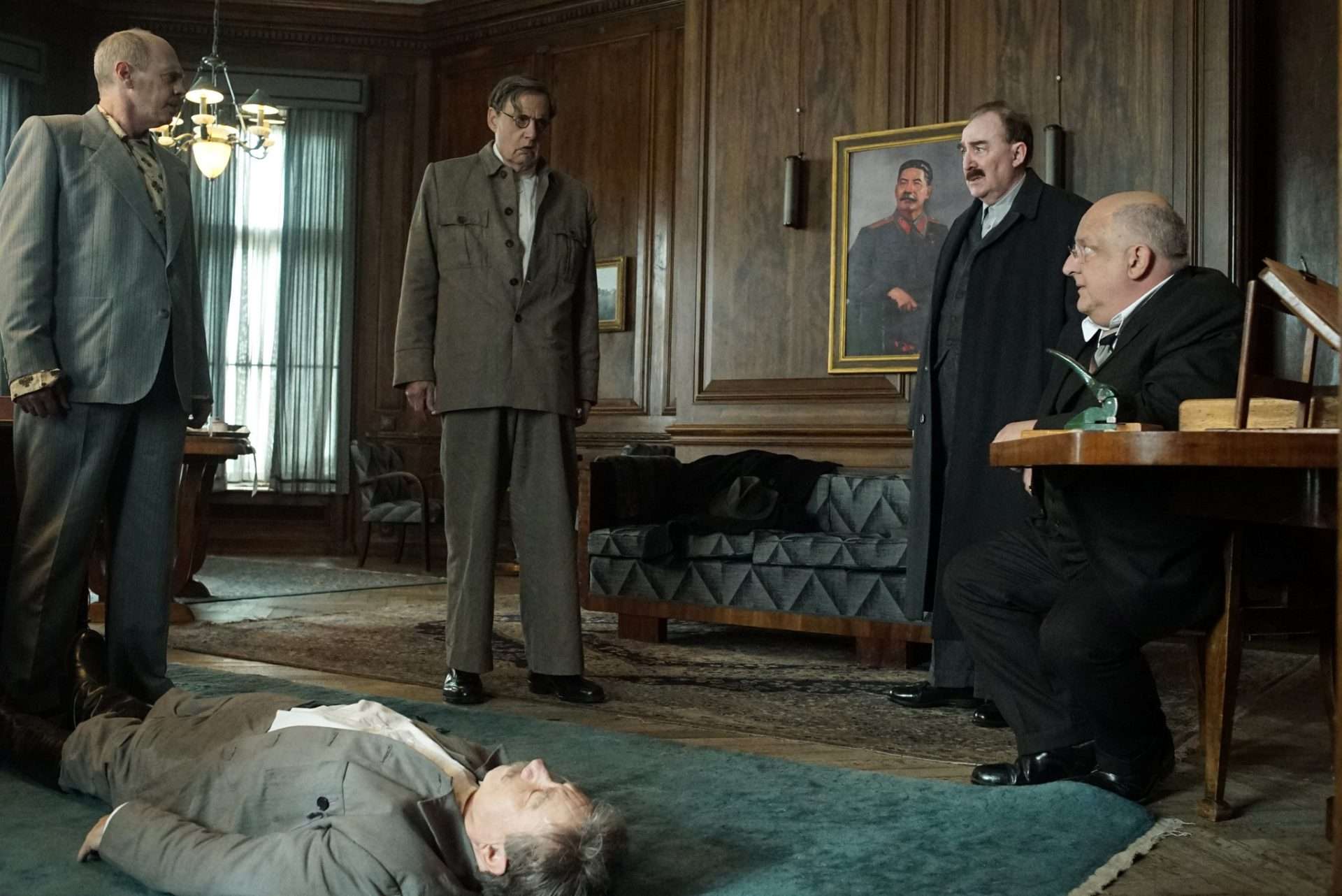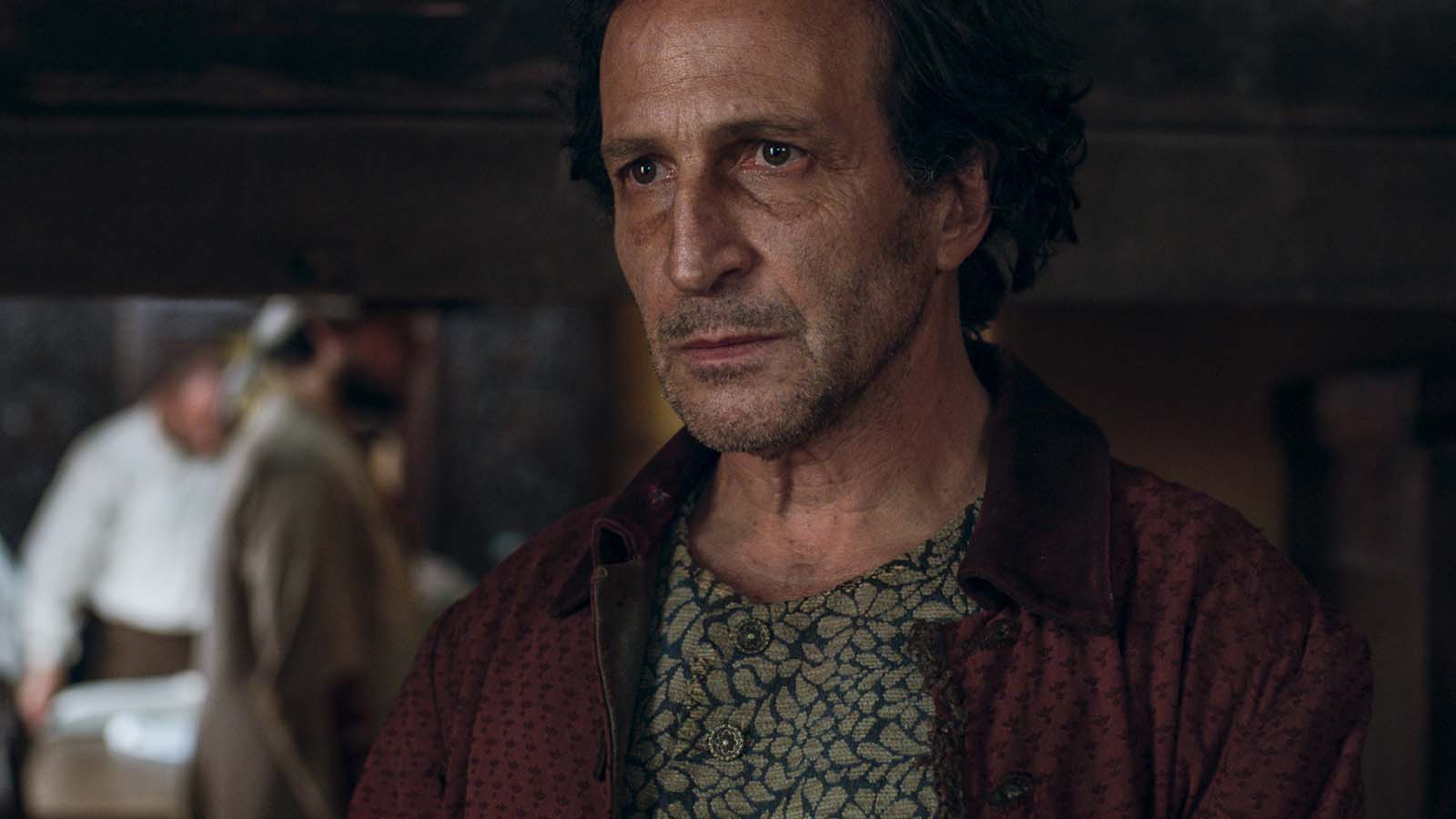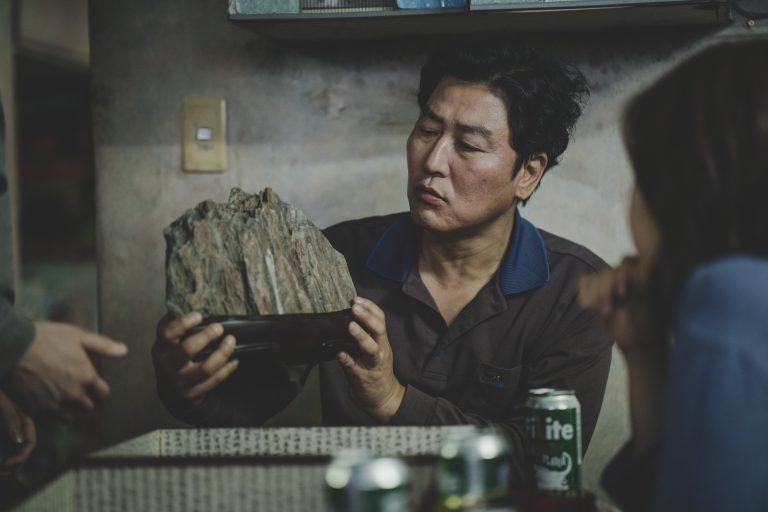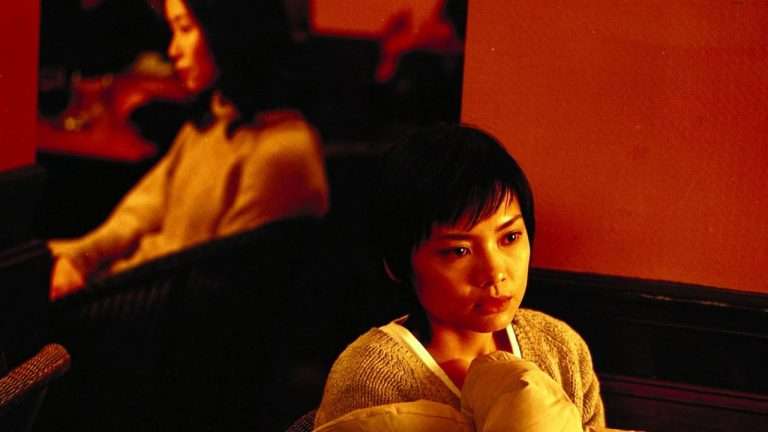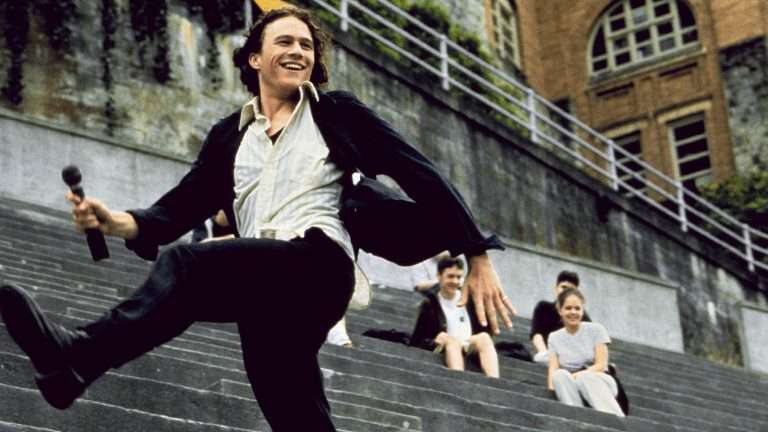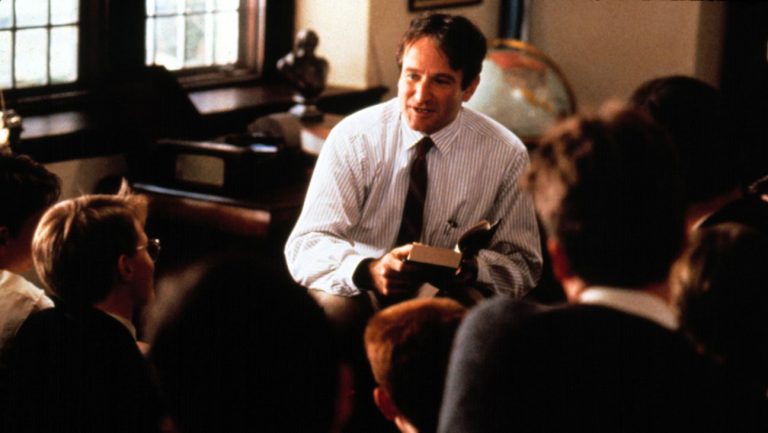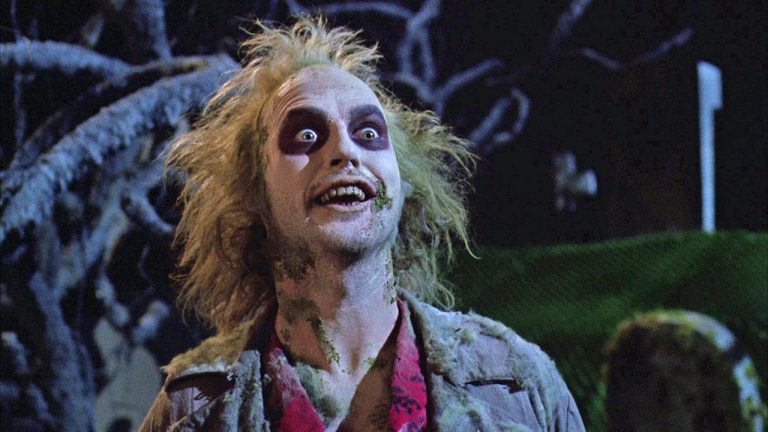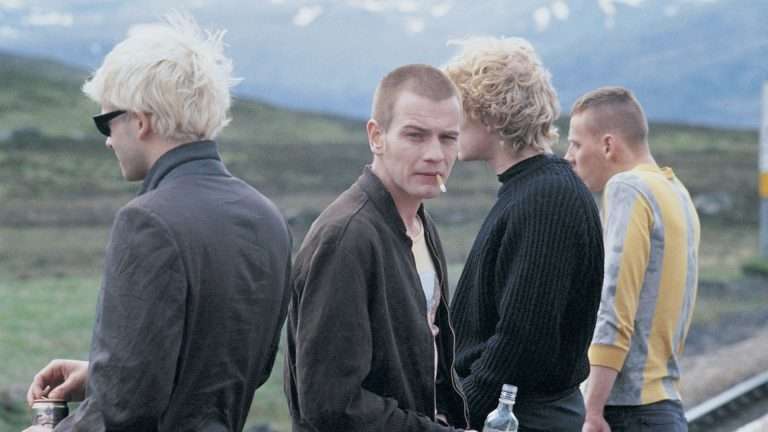Talking about the historical drama as a singular form is fallacious. The term covers many genres and as many ways of depicting the past. There exist no filmed histories of nations and their peoples, only documentaries snatched out of moments in time. History is inherently anti-dramatic; it has few well-defined heroes, villains, or thrilling spectacles. The general notion of history is as one long, linear path. Film, on the other hand, exists as a fragment. For the purpose of the filmed narrative, terms such as protagonist, antagonist, triumph, and failure of history must be used. At the most, the past provides a framework.
While compiling a list of historical dramas, it was necessary to consider what sort of history the films construct and how. How do these constructions relate to us? After all, both armed rebels and governments have considered “The Battle of Algiers” an important document of urban warfare. The pseudo-history of “The Birth of a Nation” led to the revival of the Ku Klux Klan and became a catalyst for anti-black riots throughout the United States. The historical drama exists beyond and apart from its inspirations. The real world is transmuted into a cinematic construction of the past. They distort, fictionalize, romanticize. The historical drama is a symbol of the nebulous structure of history.
The list below covers a range of genres—from the biopic to the western. Each of these genres themselves contributed to the creation of historical myths. Without further ado, let’s jump straight into the shapeless currents of history!
1. Napoleon (1927)
Abel Gance’s five-hour silent epic charts Napoleon’s early days in military school through the French Revolution, the Reign of Terror, and finally, the ingenious Italian Campaign of 1796-97 that brought Napoleon to military prominence. Initially planned as the first of six films that would cover Napoleon’s life, a testimony to his triumphs and defeats, and the final exile and death on the island of Saint Helena, but shooting difficulties and budget constraints quickly put that idea to rest. The film’s title as it appears onscreen is “Napoléon vu par Abel Gance,” or Napoleon, as seen by Abel Gance. This is our first clue about the nature of the film. It’s less a coherent narrative and more an episodic recounting of monumental history. It’s a paean to grandiosity. Little of Napoleon’s psyche is revealed.
The overwhelming impression is that of a painting of the spirit of a man as well as the spirit of France personified as a man. Right from the very first sequence of a snowball fight, the viewers are certain that this is a film about a great man of history astride the flow of linear time, a film that is out of sync with historical detail. Each moment is conjured to retroactively create the sense of destiny. Napoleon has some of the most inventive camerawork of its time, and none have aged poorly. While most films of the time still used static shots, Napoleon is filled with fluid frames, including one memorable moment where the camera swings freely on a pendulum over a chaotic meeting. Crucial moments of history thus become manifestations of Napoleon’s fierce will.
2. The Passion of Joan of Arc (1928)
A classic of the silent age, Carl Theodor Dreyer’s film tells the story of the trial of the now-canonized Joan of Arc. At 19, Joan led the French armies in battle against the English in the Hundred Years’ War. Joan is eventually captured and made to stand trial for heresy by French clergymen loyal to the English. The film was based on the actual records of Joan’s trial. Framed in inescapable closeups, the cinematography conveys the sense of Joan being entrapped slowly, touched by fire long before she was condemned to the stake.
Throughout its runtime, Joan is threatened with torture, deceived into false confessions, and finally burnt at the stake. Yet, barring a brief capitulation, she remains steadfast in her belief that she was God’s faithful, chosen to drive the English from French soil. The intense, unrelenting, and visceral filmmaking is matched by Renée Jeanne Falconetti’s fiery performance as Joan. Her unflinching honesty is juxtaposed with the political necessity of her judges. Dreyer often shoots them from low angles in high-contrast lighting, while Joan is bathed in soft lighting. Her persecutors are wholly monstrous. Joan’s beliefs are an attack on their institutional security. She is an open-hearted martyr; they cannot risk being anything other than the bulbous, narrow-minded enemy.
3. Mughal-e-Azam (1960)
“Mughal-e-Azam” was the most prominent Indian production of its time. Shot in a dazzling black and white with two stunning color sequences, the film has a little bit of everything that put Indian cinema on the map—grandeur and scale of vision, forbidden romance, family drama, and action. Prince Salim, Emperor Akbar’s young son and heir, returns after spending fourteen years fighting in battles. On his return, he falls in love with the court dancer Anarkali. Naturally, Emperor Akbar, as the figure of paternal prohibition, disapproves of Salim’s affections. Salim quickly amasses an army and declares his intention to rebel against his father.
Set during the highest peak of the Mughal Empire, the film captures the glittering opulence of that famed dynasty. From the ornate set designs and enormous battle sequences to the melodramatic romance between two people from very different backgrounds and destinies, “Mughal-e-Azam” resonates through class barriers and political conflicts. Bearing as much emotional and narrative heft as the best of the Hollywood epics, “Mughal-e-Azam” is a film as big as its story about a Mughal prince demands.
4. Judgement at Nuremberg (1961)
“Judgement at Nuremberg” is a courtroom drama set just after World War II. In 1948, four German judges of the Nazi regime were charged with crimes against humanity and stand trial at a military tribunal. Among the defendants is Ernst Janning, a well-respected legal scholar. The lead jurist, Dan Haywood, was confused and intrigued about how the German people could have paid no heed to the crimes of their government and, indeed, how they could have been complicit in such atrocities—of the many crimes Janning is accused of, sentencing innocent people to death is chief amongst them. The script by Abby Mann is a fictionalized version of the Judges’ Trial, one of the many military tribunals the United States military conducted at Nuremberg.
The impression one gleans from the defendants and Haywood’s German associates is not one that gives viewers any great hope in humanity. There is little doubt about whether or not the German people knew. An authoritarian regime like that of the Nazis always has a body count extending into millions. What emerges from the many excuses and rationalizations is that few expected any punishment. Indeed, one of the arguments of the German defense attorney amounts to the fact that these four judges were not the only ones to have aided Hitler.
Read More: 25 Great Trial Films of All Time, Ranked
As he points out individuals and organizations from other countries who colluded with Hitler, the viewers get the impression that “Judgement at Nuremberg” is weighed down by history. This is a difficult film to watch. The Nazi regime begat tragedy and suffering at an incomprehensible scale, so the film anchors the horrors within individual people—a mentally ill man who was sterilized, a gentile woman whose Jewish lover was executed. A roster of legendary actors work their magic for the briefest moments, displaying raw, unfiltered rage and grief. Arguments and speeches remain bitterly grounded in its search for answers and justice. Justice for whom? Justice and accountability are concepts that cannot cut through the fog of collective monstrosity. Who is to blame, and how many will stand accused? A whole nation stands trial, perhaps the entire world.
5. Lawrence of Arabia (1962)
“Lawrence of Arabia” is a loose adaptation of T.E. Lawrence’s autobiography, “The Seven Pillars of Wisdom,” which is itself a somewhat controversial recounting of the significant years of the British officer’s life. T.E. Lawrence is a larger-than-life figure who played a crucial role in the eastern theatre of the First World War, taking part in the Arab Revolt of 1916-1918 against the Ottoman Empire. David Lean’s cinematic creation—played by Peter O’Toole in only his second film role—is an egotist and a narcissist.
While serving in Cairo, Lawrence is a little bit deranged, openly exhibiting his masochist tendencies and quoting obscure texts that make people inherently suspicious of his education. Unable to figure out a proper role for this insolent misfit, the Arab Bureau sends him to meet Prince Faisal, a scion of the Hashemite family. The British have a vested interest in this meeting going right: they want to collaborate with Faisal to oust the Ottomans.
“Lawrence of Arabia” is a fascinating film. It appears to be a sweeping war epic approaching a four-hour runtime. It begins with an overture like an operetta. At the same time, it is something approaching a colonialist fetish object while using those same tropes to deflate the commonplace white-savior narrative. The second half is a harrowing indictment of everything the first half seems to be building towards. The Lawrence of the second half is a man who gets caught up in his own myth until the brutality of imperialism punctures his reality, and he shifts from a twinkle-eyed boy on an adventure to a messianic madman. As an exercise in filmmaking, as a costume study, and as a character study, “Lawrence of Arabia” is breathtaking and, rightfully, legendary.
6. The Leopard (1963)
Luchino Visconti’s adaptation of Giuseppe Tomasi di Lampedusa’s acclaimed novel chronicles the Risorgimento and the sweeping changes it affected on the Sicilian aristocracy. In 1860, Giuseppe Garibaldi and his insurgents revolted against King Francis. Among Garibaldi’s followers is the opportunistic nephew of the film’s protagonist. Don Fabrizio Corbera, Prince of Salina, grudgingly accepts his nephew’s romantic ideals. As the social changes of the Italian Unification slowly displaced the aristocracy and ushered in the middle classes, the prince attempts concession and compromise, if only to protect the relics of his legacy and heritage.
“The Leopard” is a farewell to a bygone class of a bygone era from a director who was himself a member of that aristocracy. A grand and lavish send-off, Visconti films the hypocrisy of this old order with all the pomp it demands. The prince is not bitter about the changes wrought in this new Italy, nor does he hold any illusions of forcibly extending his old influence. But he remains myopic about the decay of his order. “The Leopard” is a film that takes great care in construction, whether that of the characters or its opulent interiors. The prince’s machinations speak to the carefully constructed dignity of his self. Even as he gives up his position of social influence with great magnanimity and sets himself up as an example for people to follow, he makes sure that the spotlight remains on him as he walks into the fading past.
Similar to Best Historical Dramas: Slow Cinema: 10 Films That Foreground Stillness
7. The Battle of Algiers (1966)
“The Battle of Algiers” is based on the revolutionary actions of Ali La Pointe and the guerilla fighters of the National Liberation Front. Ali begins the film as a small-time thief who gets radicalized while in prison. The city of Algiers is caught in the crossfire of increasingly brutal partisan violence between the Algerian revolutionaries and the French pied-noirs; eventually, the French army is sent in to quell the violent uprising. On the French side, the principal character is Colonel Mathieu, under whose authority the French paratroopers routinely torture and execute to control the spread of guerilla warfare.
The film lays bare the inherent violence of the colonial system and the cruelty it begets, the cruelty necessary to be rid of it. Collaterals mount as the revolutionaries must go to lengths previously reserved only for colonial governments. Their violence is the only means to topple the behemoth of an empire. The language of violence is, of course, universal. Pontecorvo shot in black and white, making the film look like a newsreel documentary. He uses sound effects to differentiate between French and Algerian fights. There’s a near-constant auditory assault of machinery, drums, loudspeakers, helicopters, and gunfire. Over and over, “The Battle of Algiers” emphasizes the right to anger and violence earned by oppressed peoples everywhere, and yet never lets the viewers forget that we live in a world where freedom demands slaughter.
8. Aguirre, the Wrath of God (1972)
Werner Herzog’s epic film follows a Spanish expedition in search of the legendary El Dorado, that mythic city of gold. Conquistadors and their enslaved indigenous servants march away from the Andes over the conquered Inca Empire and sail down the Amazon River in an arduous journey fraught with difficulties. The conquistadors face internal strife and must also battle the forces of nature they find themselves utterly unprepared to deal with. Don Lope de Aguirre leads a mutiny and usurps command in all but name. As they sail farther into the feverish and dreamy jungle hellscape, Don Aguirre’s arrogance and cruelty mounts until he descends into utter insanity.
Considered a landmark in the history of cinema, Aguirre’s influence and significance are belied by its 94-minute runtime. It was a precursor to films as vastly different as “Apocalypse Now,” “Sorcerer,” and “Predator”—films about men violently swallowed by indifferent nature and their own frailty. The Conquistadors are like worms trying to move mountains, killing, hurting, and betraying each other. Don Aguirre is a silent psychopath with violent impulses and aspirations of grandeur. The Spanish are hypnotized by their mission to kill, convert, and plunder. This is their duty to their lord. Propelled by greed, they follow orders—the king’s, the pope’s, and their ever-changing commanders. Only the mad, such as Don Aguirre, can bear the cost of conquest.
9. Barry Lyndon (1975)
The unquestionable best of the genre, “Barry Lyndon,” is a film that, by all accounts, should not work. Based on William Makepeace Thackeray’s “The Luck of Barry Lyndon,” Kubrick’s film charts the rise and fall of the Irish rogue and social climber Redmond Barry, who fails, cheats, and lies his way through the British and the Prussian armies. He falls in with a professional gambler and accompanies him in his travels across Europe until he meets and soon marries Lady Lyndon and becomes Barry Lyndon. Steeped in feudal morality and the economic interests of the burgeoning bourgeois class, the film depicts the contracting powers of aristocracy in the 18th century, which allows the roguish Barry’s marriage up the social ladder. Wealth and circumstance are slowly slipping out of the grasp of the divinely ordained aristocrats. The military and secretarial class will soon become the movers of state power.
This is the world of Kubrick’s film. Every second is a visual treat. The music from Schubert, Handel, and Mozart conveys a sense of progress. The polite arrangement of the battles, where men walk into bullets and then stumble away to die, conveys the attitudes of the 18th century. Life here is nasty, brutish, and short but covered over by the thinnest layer of civilization. This brings us, finally, to Redmond Barry. His wealth grows, but his character declines. From naïve and simple, he rises to become amoral and egotistical but remains always so confoundingly foolish. That this three-hour recounting of the picaresque adventures of an 18th century gold-digger works is nothing short of a miracle.
10. The Killing Fields (1984)
“The Killing Fields” is a biographical drama about two journalists in wartime Cambodia and their experiences during the Khmer Rouge takeover of 1975, which resulted in the deaths of millions of Cambodians. Cambodian journalist and interpreter Dith Pran and his American counterpart, war correspondent Sydney Schanberg, covered the Khmer Rouge insurgency. As Phnom Penh falls and the Americans are evacuated, Cambodian citizens in the American embassy are turned over to the insurgents, including Pran. Pran is soon detained and disappears into the countryside, sent to one of the many labor camps. In America, Schanberg was awarded a Pulitzer for his coverage. He is hounded by guilt at having abandoned Pran to certain death.
The second half of the film switches gears to focus on Dith Pran’s experiences and the abject suffering of captivity in the labor and re-education camps. It is this second half that displays the film’s most famous sequences of indelible images—paddy fields and chain gangs, the mass graveyards of Pol Pot’s killing fields—all shot with a pulse-pounding realism. Every second tests the limits of dignity and endurance. From photographing and covering death and destruction at a massive scale, Pran is now himself one of the countless victims confined in these situations. Haing S. Ngor played Dith Pran, his debut role that won him an Oscar. He himself was a survivor of Cambodian prison camps.
Also, Read: Academy Awards: Every Best Picture Oscar Winner Ever
11. Apollo 13 (1995)
Ron Howard’s film championing the competent nerds of the world puts front and center the ingenuity and improvisation it takes to send men to the moon and—perhaps more importantly—bring them back safe and alive. As technical troubles plagued the 1971 Apollo 13 lunar mission, the spacecraft carrying Jim Lovell, Jack Swigert, and Fred Haise was damaged, and much of their oxygen supply was depleted. The moon landing mission is aborted as the ground crew 200,000 miles away, back in Houston, Texas, Earth, works furiously to fit “a square peg in a round hole” and save the astronauts from certain death.
Fabulously written and acted, the debt pop culture owes “Apollo 13” is considerable. Despite knowing the outcome, “Apollo 13” is still a nail-biting piece of work and one of the great cinematic achievements of the 90s. Howard drops his audiences right into the dread-inducing prospect of a human-crewed mission into space. The interior shots communicate to the viewers the claustrophobic confines of the spacecraft and lunar modules. “Apollo 13” is a polished piece of filmmaking and one of the great space films to come out of Hollywood.
12. Master and Commander: The Far Side of the World (2003)
Peter Weir is the most versatile director of his generation, and in 2003, he made the best film in the wig-and-rig genre, an oceanic chase set during the Napoleonic Wars. Captain Jack Aubrey of the HMS Surprise pursued the enemy French ship, Acheron, through the eastern Pacific. Aiming to capture or destroy the Acheron, Aubrey and his colorful crew endure storms and doldrums while thoroughly outmatched by the superior Acheron. The crew faces much more than external troubles. The camaraderie of the crew is weakened by internal tensions and accidents.
Adapted from Patrick O’Brian’s Aubrey-Maturin series, “Master and Commander” is steeped in grand adventure and spectacle and yet never loses sight of the beating heart of the film—its characters. Each of them is witty and charismatic, stout-hearted, and devoted to their ship. Weir builds an epic high-seas adventure that survives on the strength of its characters. He fully uses the intense friendships that develop between men committed to duty and glory in the face of sheer adversity. As a historical film, it is extremely detailed and accurate, down to the distinct howl of cannon fire.
13. 12:08 East of Bucharest (2006)
Nearly two decades have passed since the 1989 Romanian Revolution brought an end to the Communist regime in the country. As some inhabitants of the city of Vaslui discuss how to commemorate the event, a greater question hangs over their heads: was there a revolution in the city at all? Romanian dictator Nicolae Ceaușescu fled at 12:08 pm on 22nd December 1989. Did the people of Vaslui take to the streets before or after those fateful hours? Did they protest, or did they simply celebrate? These few crucial minutes determine the identity of the inhabitants. When Virgil Jderescu finally decides to organize a live broadcast to answer this innocuous question, he inadvertently opens a can of worms: he has attacked the national and individual self-image of Romania that has been reinforced and fortified for so long.
With the bleak, cynical comic tone so typical of the Romanian New Wave, “12:08 East of Bucharest” is propelled forward by its deadpan ensemble cast and nuanced script. Porumboiu builds a depressingly funny farce around the broadcast, challenging memory and history. The plot seems to be of little consequence—what does it truly matter if there were a few minutes of spontaneous protests right before an authoritarian regime was ousted? There were years of inactivity in the face of growing oppression. It’s a miracle of a film, with no story as such in the conventional sense, only the singular question of utmost consequence about the hypocrisies of the historical record.
14. The Assassination of Jesse James by the Coward Robert Ford (2007)
Andrew Dominik’s 2007 film starring Brad Pitt and Casey Affleck in the titular roles dramatizes the events that led to the titular character’s assassination. Jesse James is a legend of the American West, a notorious and mythic outlaw, train robber, and a hero for the champions of the Lost Cause of the Confederacy. Starstruck by James’ criminal record, Robert Ford is an eager young worshipper who seeks him out to join his gang. Dominik crafts a film about infatuation, jealousy, and betrayal. He takes the open, imposing landscape of the Western frontier—emptied of people through genocide—set apart from time and space and turns it into a canvas that deflates the myth of these criminals. Brad Pitt plays Jesse James as a cold-hearted, menacing folklore devil.
Casey Affleck’s Robert Ford is as much a devotee as he is a jilted lover. Indeed, James courts, cultivates and mocks Ford’s obsessive devotions. And so, James is more aware than his followers that a life of violence can only end with violence. He has lived his life as a small, godlike being. With this final little orchestration, his life will be secure as a self-propagating myth. Roger Deakins crafts sequences of emptiness marked by clouds and wheatfields. Uncanny nature surrounds the characters with a different kind of divinity. The film is as much about the creation of the American West as it is a character study of a man and his murderer.
15. The Wind that Shakes the Barley (2007)
Ken Loach’s film is set during the Irish War of Independence and the Civil War that followed. Life under the British occupation is brutal and bloody. Young doctor Damien O’Donovan is preparing to leave his village to practice medicine in London. His brother Teddy is the commander of a local unit of the Irish Republican Army. While initially unwilling to join the IRA, Damien witnesses the summary execution of a young boy for refusing to say his name in English. These atrocities build and push Damien to join the IRA. The film follows the eventual establishment of the Irish Free State and the split between the socialists and the nationalists, pitting the two brothers against each other.
A running theme of the film focuses on the unclear morality of revolutions. For a pragmatist like Teddy, landlords must be bribed and the tenants thrown to the wolves if the revolutionaries are to have a steady supply of weapons. The Socialists demand a complete repudiation of capitalist systems and the collectivization of industry and agriculture. It is not enough to only remove British authorities. Freedom is not the same as building a more egalitarian society. As the war for independence morphs into a civil war, a single unit of revolutionaries who were fighting against something must now decide what they will fight for. Brother fights brother, and awful decisions are demanded on the path from Irish independence to the manifestation of their Republican goals.
Read More: The 10 Best Ken Loach Films
16. No (2012)
It is 1988, and the Chilean government led by Augusto Pinochet has called for a national plebiscite facing significant international pressure. This is the first opportunity after 15 years of brutal military dictatorship to speak freely and without fear of immediate reprisals of the truth of life under Pinochet. The “No” campaign—those opposing Pinochet—consult René Saavedra, a successful advertisement man, and he proposes a rather unorthodox marketing tactic. Not to speak to power and expose the many cases of abuse by Pinochet’s regime but to emphasize on joy, hope, and a better tomorrow.
This is the conflict at the heart of Larraín’s film. There is no legitimate political stance that works in the face of a brutal military dictatorship. Opposing Pinochet is a full-time job, itself a self-explanatory position. The “No” campaigners are those political groups and people who have been tortured, disappeared, and imprisoned. A legitimate campaign only adds to the veneer of choice under dictatorship. They are confronted with the sham of politics, buttressed by marketing. The choice is between victory and far greater repercussions. Larraín uses a handheld camera, which allows him to integrate archival footage from the original campaigns with filmed footage. The documentary-style filmmaking and the vibrant color palette capture the essence of this unexpected but critical moment in Latin American history.
17. Silence (2016)
The Latin motto of the Jesuit order and a cornerstone of their faith is “Ad majorem Dei gloriam.” For years, Jesuits have led the vanguard of intellectual as well as actual exploration, promising only the greater glory of God. An adaptation of Shūsaku Endō’s novel “Silence,” Martin Scorsese’s long-gestating passion project is set during 17th century Edo period Japan when the Tokugawa shogunate had been following a doctrine of oppression against Japanese Christians, who either recant their faith or practice it in secret. The plot follows two Jesuit priests, Sebastião Rodrigues and Francisco Garupe, who travel to Japan in search of their mentor, who has allegedly apostatized.
In “Silence,” religion brings little salvation; instead, it brings doom and deception. The nature of missionary work often looks for opportunity in oppression. In such a framework, the cruelty of God is his silence, that titular silence that assigns no meaning to suffering. Encased in fire and populated by lost souls, “Silence” is as vivid and vulnerable as a filmed confession. There are many kinds of believers in “Silence”: those who would frustratedly yet confidently leap into the abyss; lapsed Catholics who understand faith as a turning away from compassion; and those who remain vocal in their faith, relating their personal suffering to that of Jesus on the cross.
18. The Young Karl Marx (2017)
Raoul Peck’s 2017 historical drama foregrounds Marx’s early struggles as a poor twenty-something writer and revolutionary, his collaboration and friendship with Friedrich Engels, and the growth of their radical ideology. The biopic is perhaps the most straightforwardly conservative genre of film. And yet, Peck’s romantic treatment of Marx works primarily due to the intelligent script and energetic acting. He maintains a fine balance between the interpersonal drama and the growth of Communism. It’s definitely a film that demands homework.
Marx, the man, is almost always eclipsed by the specter of his work. Peck turns the mythic figurehead into a poor, sleep-deprived rogue intellectual working towards the difficult birth of an era-defining ideology. Raoul Peck appropriates the formal bindings of a conventional biopic to plant the Communist flag. From late-night drinking adventures that solidify into a concrete idea, then to become a book, and for that book to eventually become the guiding principle for movements and people not yet born—this is the beating heart of the film.
19. The Death of Stalin (2017)
“The Death of Stalin” is Armando Iannucci’s vulgar and comic recounting of Stalin’s vile, parasitical cronies who climb over each other to reach the light of leadership after Stalin’s death. Each of them fails their way to the top in this darkly hilarious film. They wish to preserve the symbol of their great leader, and Iannucci focuses primarily on the ludicrous cost and effort that such a preservation demands. This is what gives the film its funniest moments: none of these bumbling, backstabbing bastards have any idea just what it is they are protecting. Their thoughtless loyalty comes only from self-preservation.
In 1953, Stalin suffered a cerebral hemorrhage and died. What follows is a brief power struggle between the members of the Central Committee of the Communist Party of the Soviet Union. The main players are Nikita Khrushchev and Lavrentiy Beria, who vie for support from Stalin’s children. Marshal Georgy Zhukov promised to support Khrushchev over Beria if he could get the unanimous support of the other members of the Committee. The situation is ripe for comic plunder and gives Iannucci the master satirist material tailor-made for him—the idiocy of government cronies. Iannucci draws both humor and hideousness from the same setting. When the jokes land, they are equal parts grim and funny. The only people to survive are the morally corrupt, and the final shot of the film promises a repeat of the same imbecilic contest in the future.
20. Zama (2017)
Lucrecia Martel’s 2017 film is set in a remote Spanish colony in coastal Argentina. Don Diego de Zama waits in vain for a transfer that will assign him to the far-away Lerma, where his wife and children apparently await his return. Zama believes this change is imminent. It never seems to come his way but is forever dangled like a carrot, just to be taken away at the last minute. Based on Antonio di Benedetto’s 1956 novel of the same name, Zama is framed and blocked to perfection. Characters anchor the frames, almost always awry and out of balance. Every step and tumble over the sandy grit is magnified, the sounds surrounding Zama audible like elevator music in purgatory.
The film plays out like an episodic comedy of errors where Zama occupies a position high enough to be responsible for an extremely insignificant strip of land while enduring all the little humiliations and drudgery faced by a low-ranking bureaucrat. Zama is the perfect embodiment of the rot and stagnancy of the colonial project. The civilizing mission has given way to slow madness and isolation. The opening shot tells the viewers what is to come: a rocky landscape and oceanic horizon dwarfed by the mannered posturing of Zama, aiming for a dash of European decorum in the midst of chaos.


